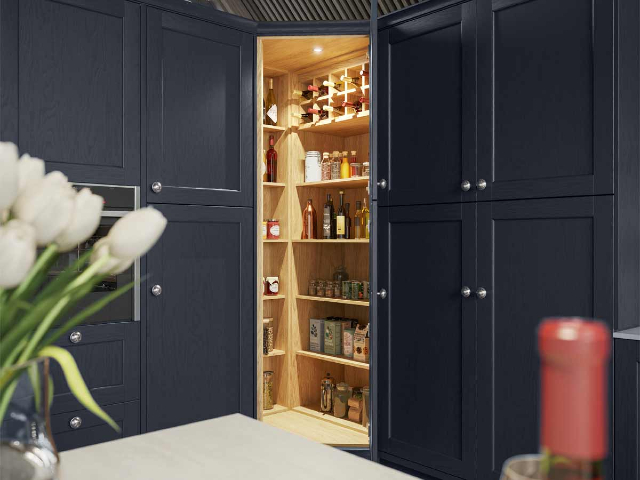
How to keep your food fresher for longer
Keeping a hot pantry cool can seem difficult in the warmer weather. However, it’s vital to limit the heat and humidity in your kitchen pantry. This helps slow down bacteria growth, which reduces food waste and ensures that everything is safe to eat.
PROMOTIONAL FEATURE
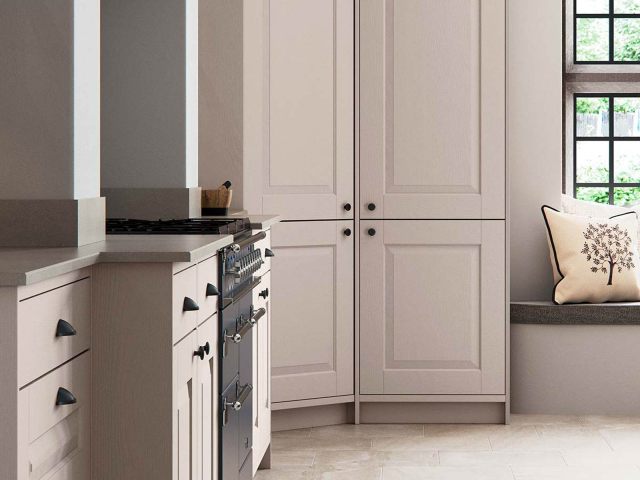
Photo: Masterclass
Prioritise food temperature
The ideal food storage temperature, according to the National Centre for Home Food Preservation, is 10-21˚C (50-70˚F). Anything over that will shorten its shelf life resulting in food waste and wasting money. The good news is that kitchen heat doesn’t just materialise out of thin air – it comes from avoidable sources, so you can do something about it.
Pantry design options
If you’re considering a kitchen pantry unit, make sure it’s heat-proof for all-round use. Instead of heat-conducting metal shelves, choose a butler’s pantry or a pantry for the kitchen with wooden pantry shelves such as Masterclass Kitchens’ Hathaway pantry design. Whether you opt for a walk-in or storeroom pantry, kitchen storage cabinets or a pantry with pull-out shelves, its storage solutions can be tailored to your needs and budget with premium craftsmanship that not only looks timeless and elegant but also retains less heat.
Additional temperature regulation ideas for a pantry include bright pantry door colours to keep the produce inside dark surroundings, which prevents light from heating the food. Installing your freestanding or built-in pantry cupboard on a north-facing wall will also minimise direct sunlight, helping to keep its contents cool.
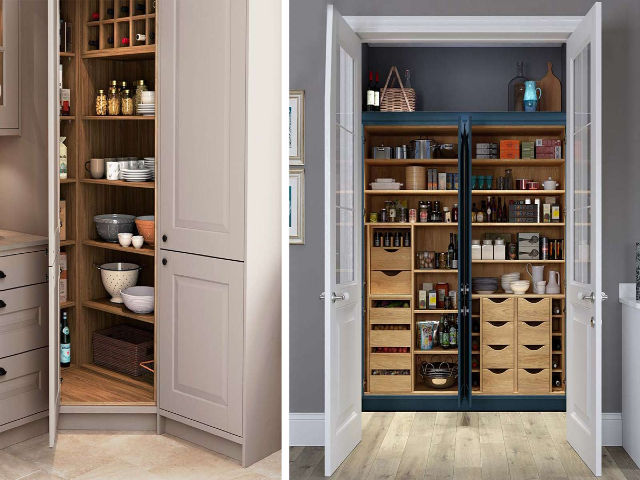
Photo: Masterclass
Corner kitchen pantry
Another solution is to place your pantry kitchen cabinets far away from warm appliances. If this isn’t possible on a flat wall, Masterclass Kitchens offers The Lansbury, a luxurious corner pantry solution. Perfect for homes without the space for a walk-in pantry, it curves across 90˚ corners on Masterclass kitchen collections, making the most of every inch.

Photo: Masterclass
Optimise ventilation and airflow
One of the most effective ways to reduce the impact of heat on any kitchen storage cabinet is to optimise both ventilation and airflow. Keeping it airy with open shelving and a door that’s not airtight but still solid will prevent humidity from settling in nooks and crannies as condensation.
Masterclass has plenty of open shelving options such as island and wall-mounted solutions that have the added benefit of making a small kitchen feel brighter and bigger. Avoid boxy storage and choose a mix of basket cupboard storage and pantry shelving that’s well-spaced and organised and remember to rotate its contents so that the closest use-by dates are eaten first. It’s all about giving your pantry organisation breathing space to alleviate heat accumulation. Another solution is to actively nurture air circulation by installing an air conditioning unit in your kitchen.
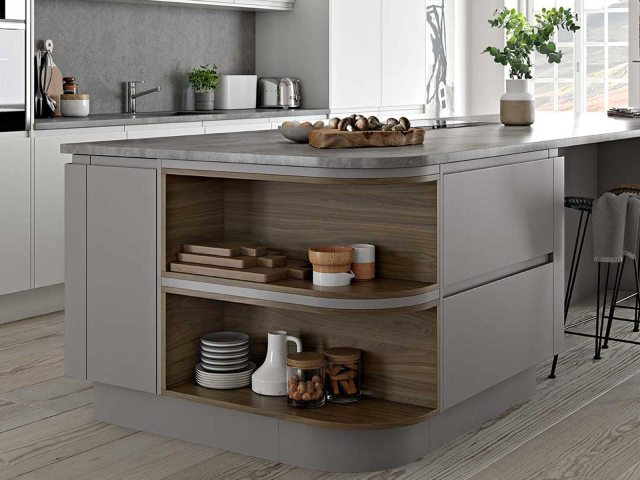
Photo: Masterclass
Track and regulate humidity
Heat during the warmer months can easily spoil food but other factors can also have a negative effect. These include acidity, oxygen exposure and moisture levels. Different foods prefer different humidity levels too – fresh fruit and vegetables like 90-95%, cheese 75-95% and dry goods less than 50%. While keeping such ingredients in the fridge is a good idea, most fridges only have around 30% humidity, which isn’t ideal for those that need more.
A humidity-monitoring hygrometer, as well as pull-out shelves, pantry baskets and pantry boxes, will keep your pantry ventilated and if the humidity rises too high, add silica gel sachets to dry the air. You can also move at-risk items from open shelves to pull-out drawers or plastic kitchen storage containers.
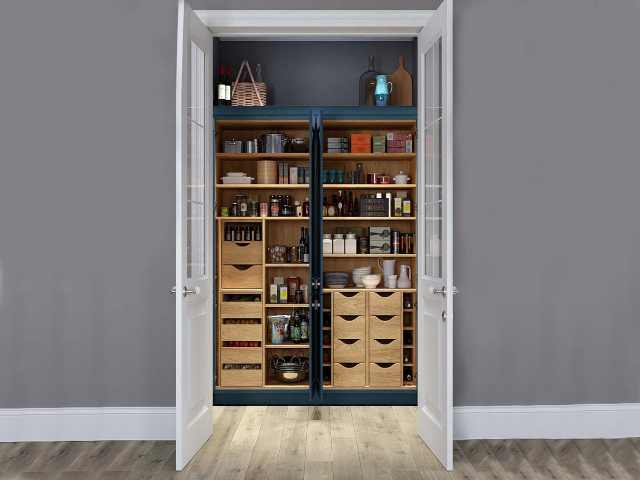
Photo: Masterclass
Kitchen storage for every need
At Masterclass Kitchens, whether you choose the Lansbury corner pantry unit with ample space and deep shelves for pantry baskets or the Hathaway with its multitude of storage options, there are pantry organisation ideas to suit all needs. Check out the full range of kitchen storage here.





